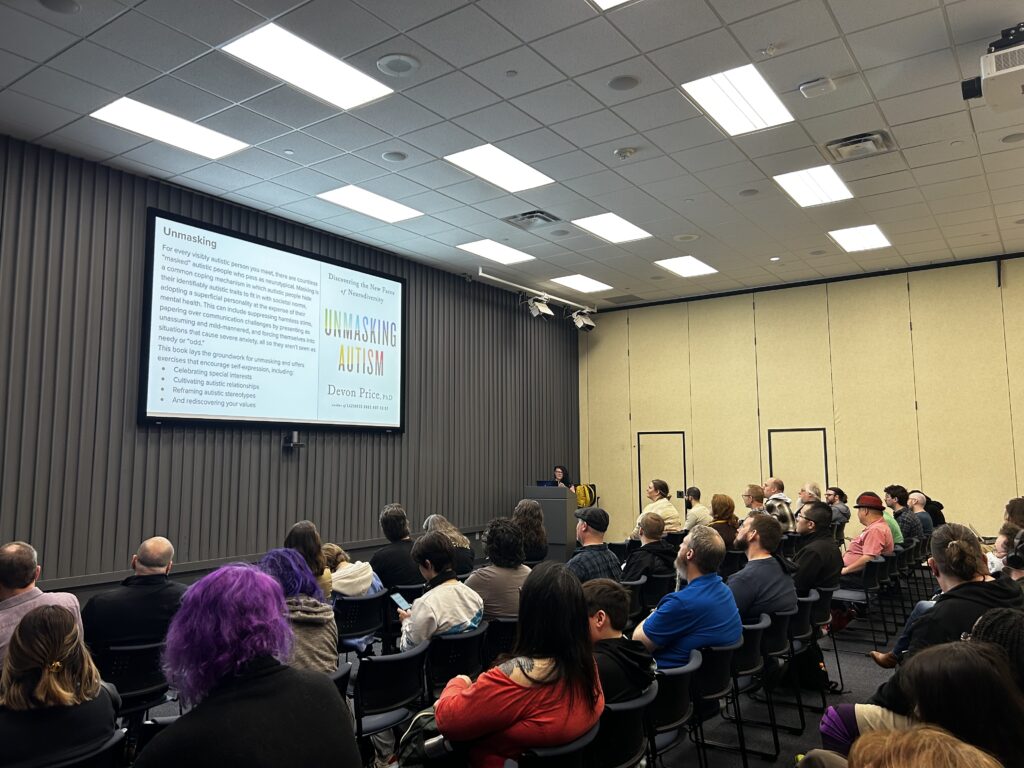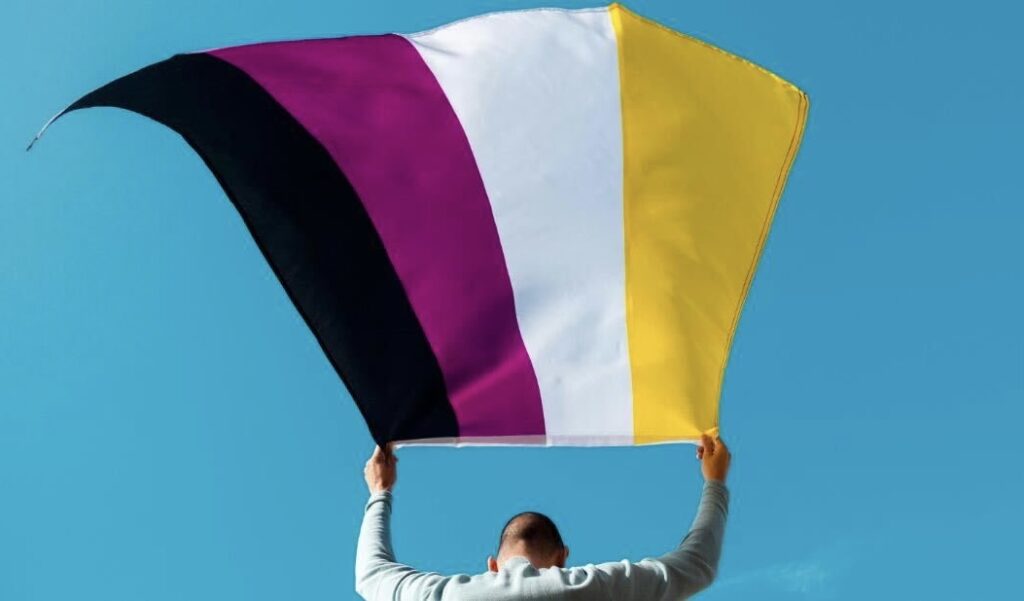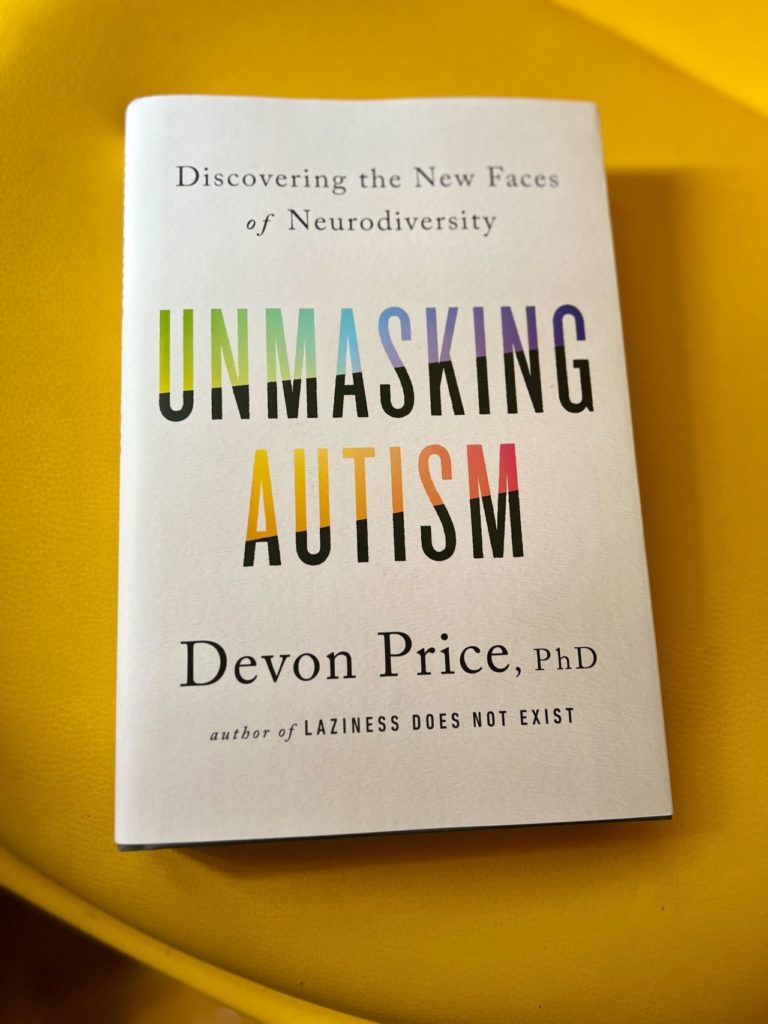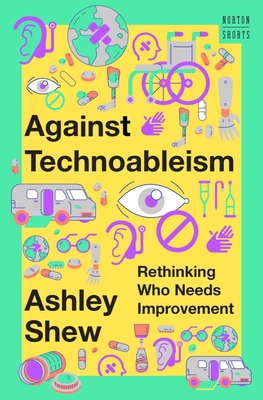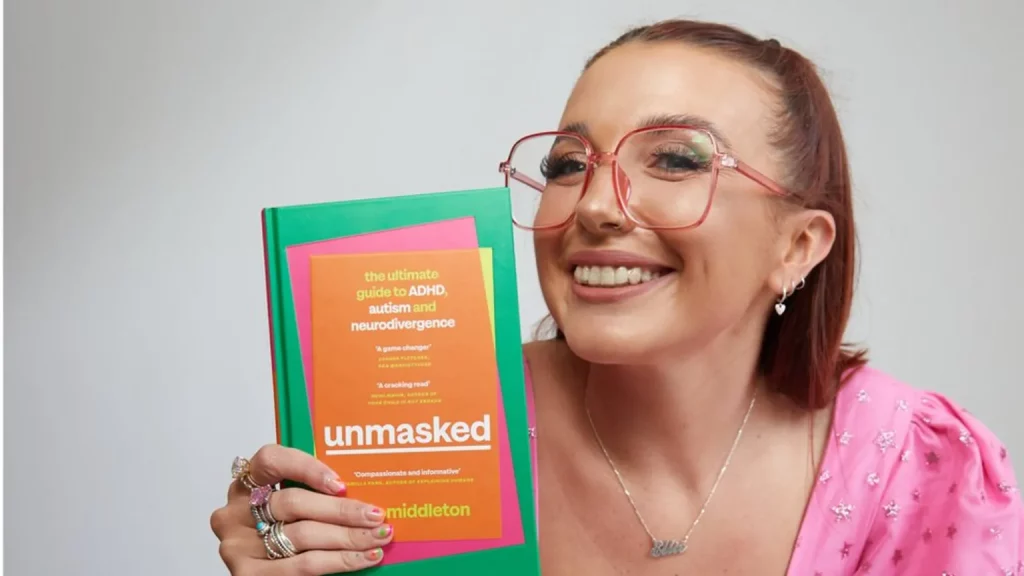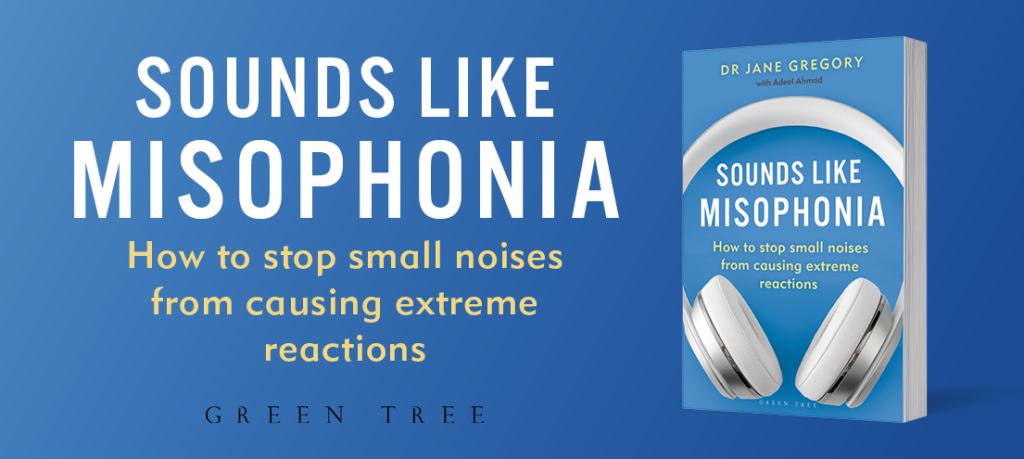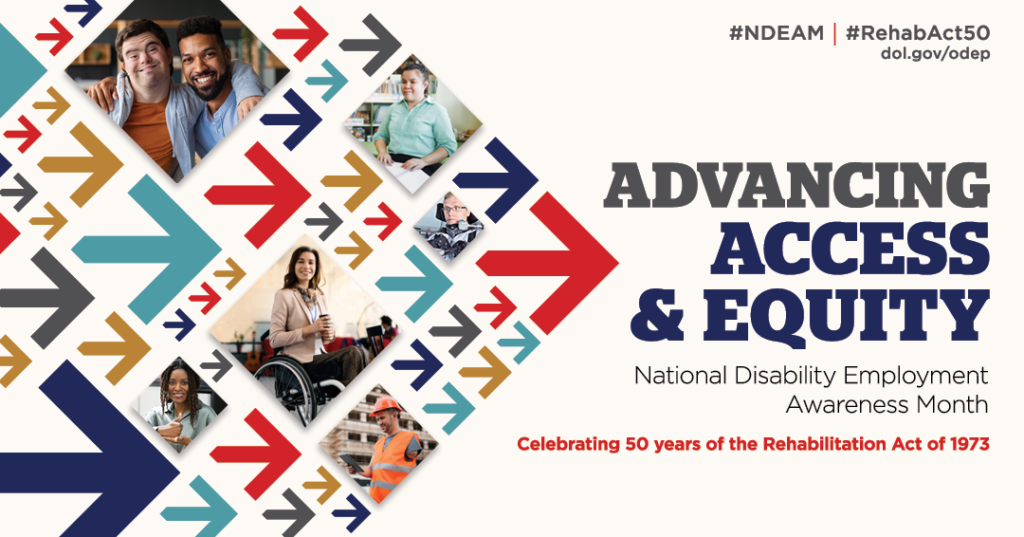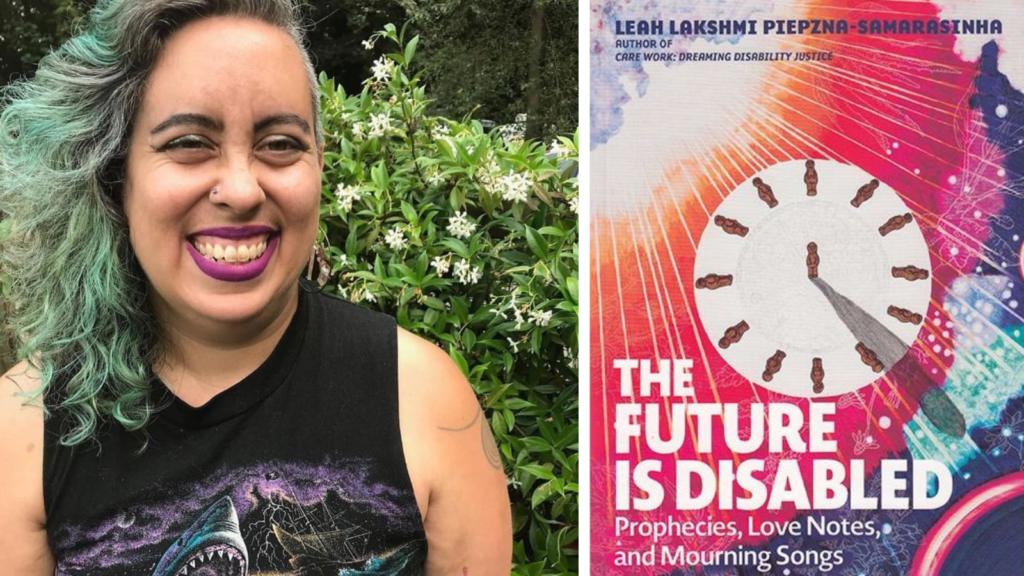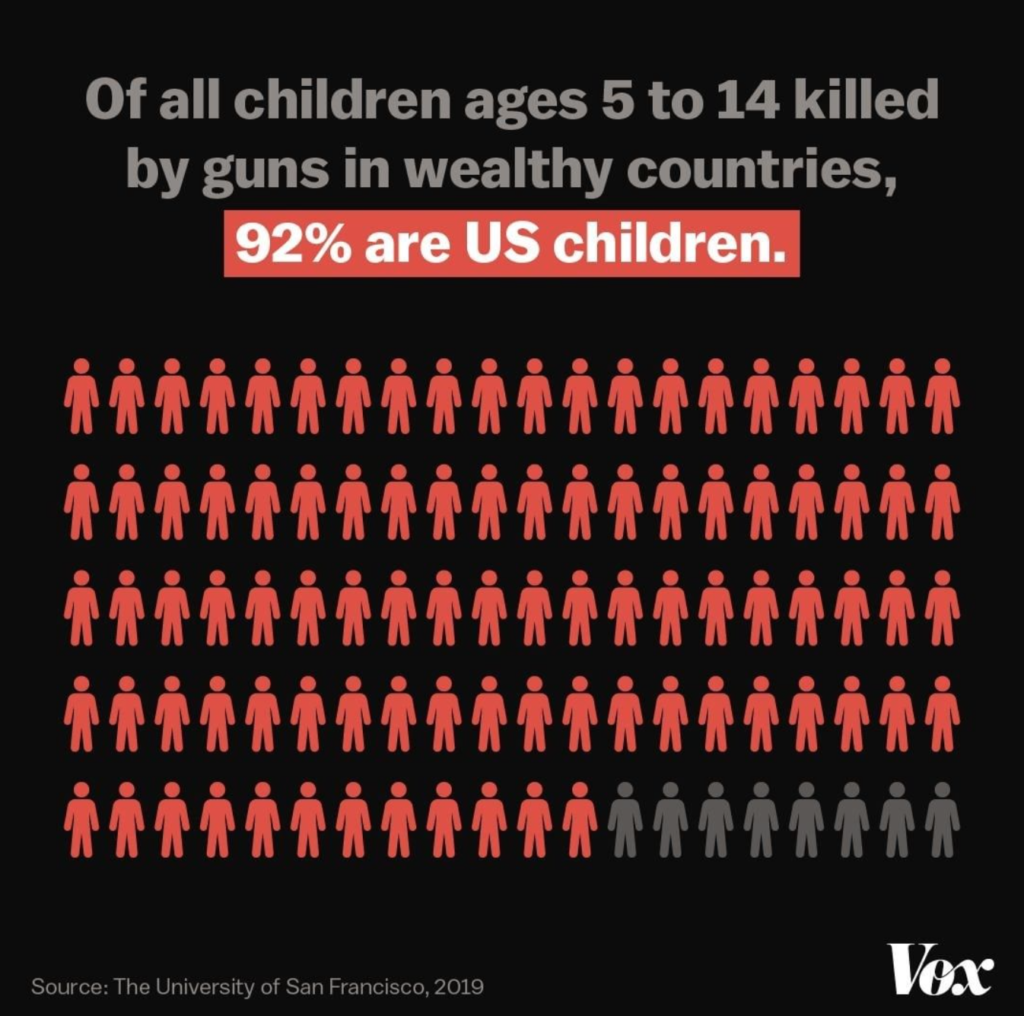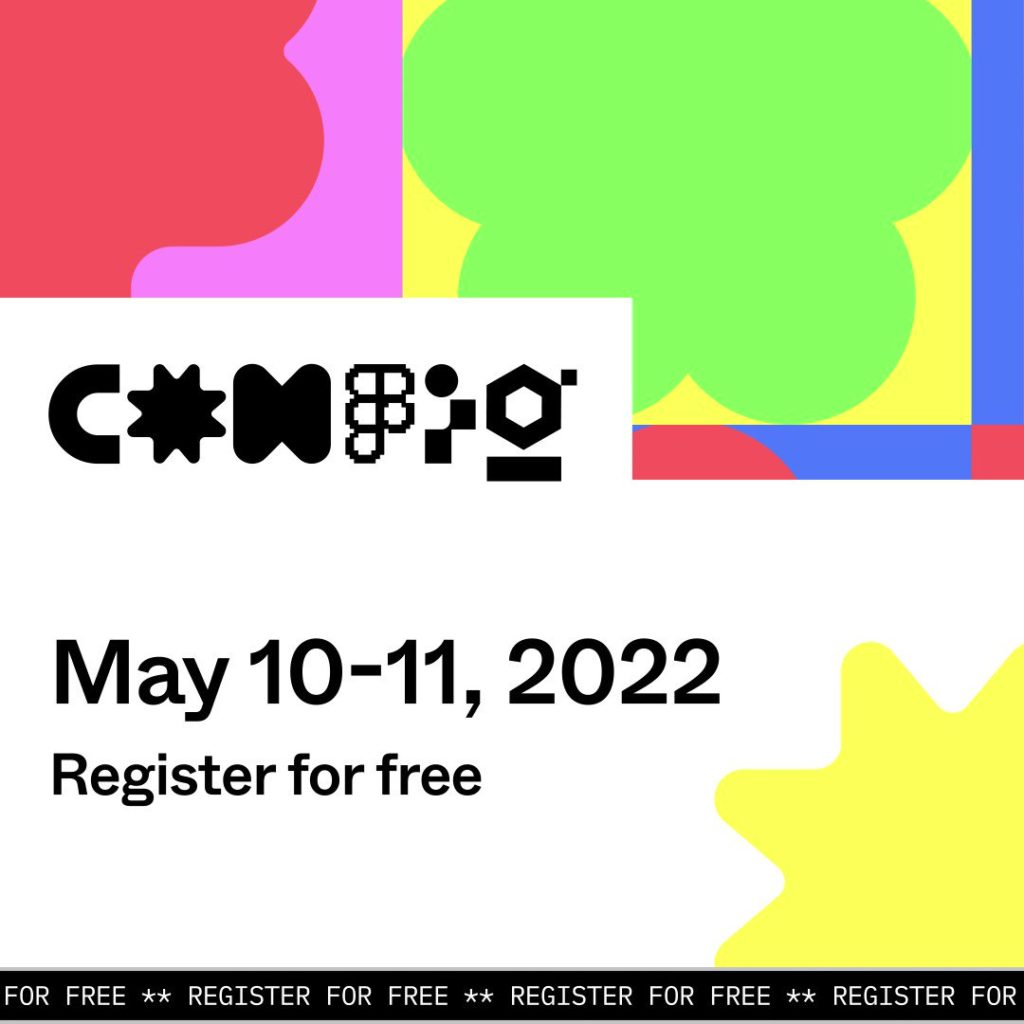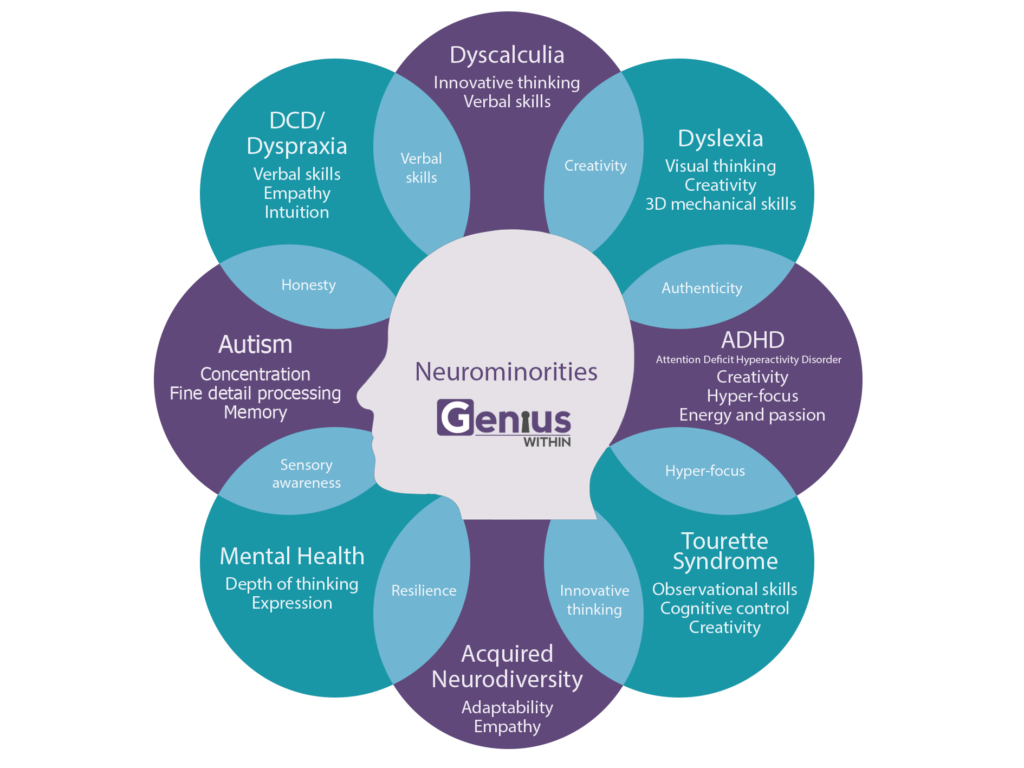In the Twin Cities, we are fortunate to have a wonderful organization called Minnestar:
Minnestar exists to build, nurture and engage those interested in technology through meaningful connection. Our goal is to promote connections that help our community learn from each other, build their businesses, and start new entrepreneurial ventures. We aim to foster a thriving and connected tech community for all in Minnesota.
They put on the annual Minnebar unconference. I have been attending since the early days. Earlier in my career, I had issues with self-confidence and imposter syndrome. I never imagined I could be a presenter at Minnebar. It took decades of working in tech with years of running training sessions, teaching web development at the college level, and years of therapy. Then I realized I could, in fact, successfully present a session at Minnebar. I actually submitted my presentation idea while I was attending another event, the CSUN Assistive Technology Conference. The full title of my talk is a mouthful. Choose Your Own Adventure: Pros and Cons of a Formal Autism / ADHD Diagnosis vs Self-Diagnosis. Growing up, I was a huge fan of the Choose Your Own Adventure books.
The stories are formatted so that, after a few pages of reading, the protagonist faces two or three options, each of which leads to further pages and further options, and so on until they arrive at one of the many story endings.
I submitted my talk idea before the United States Secretary of Health and Human Services, RFK Jr., ramped up his misinformation campaign about autism and suggested creating a national registry to track those of us with ASD. What he and the Trump administration are doing is dangerous and wrong. I modified my talk somewhat in light of these developments. I delivered this talk in person on May 3rd, 2025 and went over these very real choose your own adventure options, walking through the Pros and Cons of:
- A formal diagnosis through health insurance
- A formal diagnosis through private insurance
- Self-diagnosis via vetted, trustworthy resources
While balancing the privacy implications of each with their potential benefits. I didn’t record my talk but I am sharing the slides. Last year I was invited to deliver a variation of this talk to another company’s Neurodivergent Employee Resource Group. I would be happy to speak to this or related topics at other organizations. Feel free to reach out to me at info@sharynmorrow.com.
